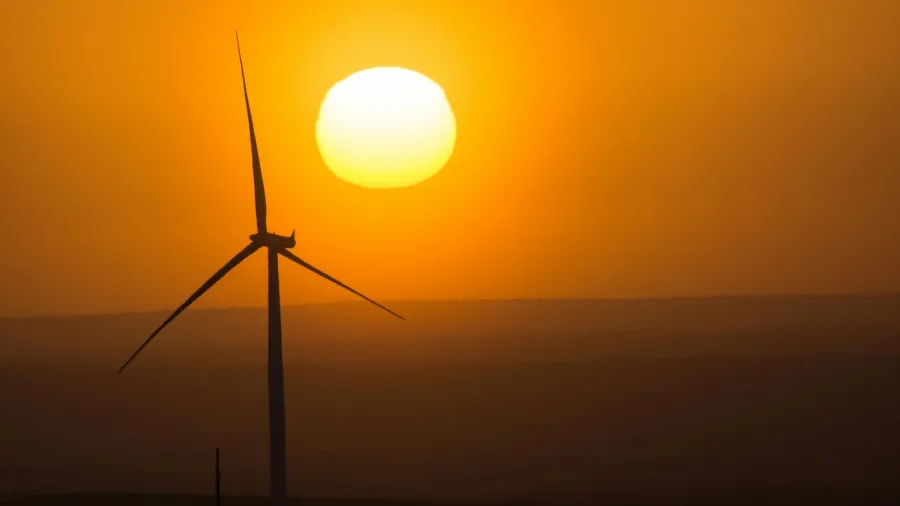
Australia announces 6.4 GW of RE projects under CIS tender 1
These are spread across four states.
Australia has selected 19 renewable projects in the Capacity Investment Scheme Tender 1 that will add 6.4 gigawatts (GW) of clean energy to the National Electricity Market.
In a statement, the Minister for Climate Change and Energy said seven of the projects producing 3.7 GW plus 900 megawatt-hours (MWh) of battery storage are located in New South Wales; 7 projects producing 1.6 GW plus 1,500 MWh of storage are in Victoria; 2 projects producing 574 megawatts (MW) are in South Australia; and 3 projects producing 550 MW plus 1,200 MWh of storage are in Queensland.
These facilities are a mix of solar, wind, and hybrid technologies that are expected to power three million homes.
Most of these projects are expected to begin operating between 2026 and 2028, helping to lower emissions and improve energy reliability in Australia whilst also boosting efforts to achieve its target of 82% renewable electricity by 2030.



















 Advertise
Advertise






